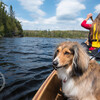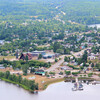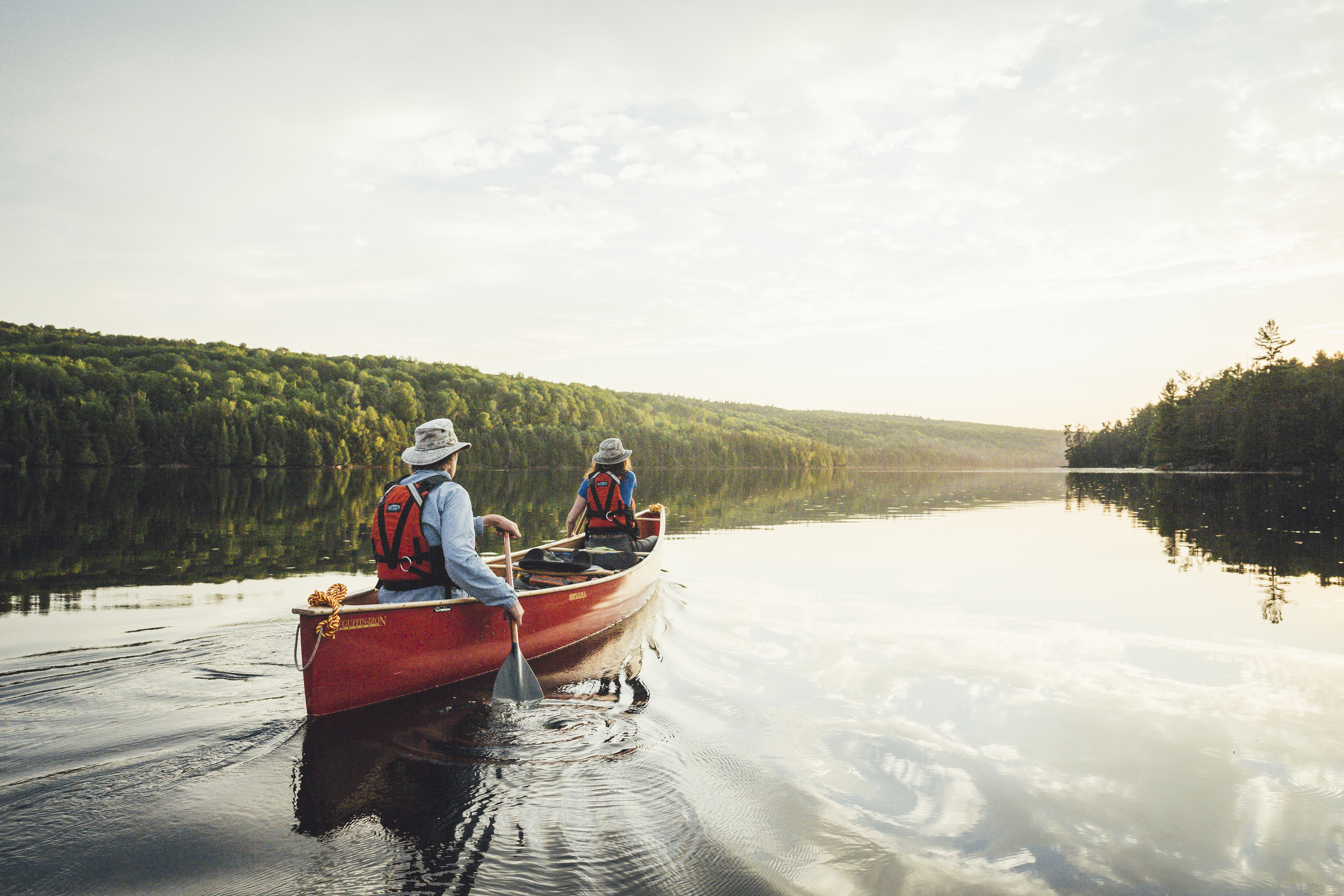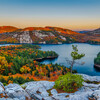
The Canoe and the City

For many people, canoeing brings to mind images of pure wilderness: the early morning mist rising from the lake, portaging between stands of century-old trees, the cry of the loons as a paddle slices through the water. But for people like me who split their time between heading north for adventure and living in the city, there are plenty of opportunities to canoe right in our own backyard.
Toronto is a city surrounded by water. Numerous rivers and creeks run down to the open expanse of Lake Ontario on their long journey to the Atlantic Ocean. The city is, in fact, a paddler’s paradise, offering the chance to practice whitewater skills on the Credit River, brave the shipping channel and explore the oasis of the Toronto Islands, or lily-dip through the marshes and wetlands of the Humber River. On the east side of downtown, the Rouge River flows through the Rouge National Urban Park, the largest urban park in North America.

Making friends with the wildlife on the Humber River
Wildlife sightings are common throughout Toronto’s waterways, as birds stop by on their migratory paths and other animals find sanctuary by the rivers and streams that flow to the lake. If I want to paddle but can’t leave the city, it’s easy to take advantage of the proximity and access that the local rivers provide.
Toronto’s waterways also hold a special kind of appeal for adventure-seekers. “As a longtime urban explorer, I truly enjoy the thrill that comes from exploring areas of the city that few care to wander,” says canoeist Lachlan McVie, 31. “It’s amazing to witness the interaction between our modern society and these waterways which have existed for hundreds or thousands of years. Almost anywhere else in the city can be viewed on foot or by car, but many parts of the river are virtually impossible to access except by water.”

Lachlan McVie, L, and canoe partner Erik Thomsen, R enjoy a break on a secret beach
Having lived in the city for the past nine years, I truly believe Toronto is a paddling destination in its own right. Whether you’re an experienced canoeist or total beginner, there are many ways to connect with the paddling community without needing to travel far from home.
There is a vibrant collection of canoe clubs, informal paddling meet-ups, and dedicated paddle-related businesses that not only make it easy to explore the urban waterways, but are also are committed to their protection.
The Complete Paddler, Canada’s largest paddling superstore, also offers numerous tours, courses and rental packages that Torontonians can take advantage of to hone their paddling skills or to just simply get into a canoe.

Kelly McDowell, President of The Complete Paddler
“We have many goals for our paddling tours, one being just to get people out having fun in the waterways and parklands, but more importantly for environmental reasons,” says Kelly McDowell, 45, President of The Complete Paddler. “We want to get more people caring about and involved in protecting the waterways.”
“The Don River has had a long history of pollution,” McDowell explains. “It actually caught on fire in the 1960s, it was so polluted. Water quality has improved dramatically in the past 30 years in the Toronto area. I think the rules and regulations from the city, the [Ontario] government and the Toronto and Region Conservation Authority are pushing to accomplish is helping to improve our waterways over time. It’s been a drastic improvement,” McDowell adds. “They’re seeing great results from all their hard work.”

A nighttime circumnavigation of the Toronto Islands with The Complete Paddler
MY VIEW ON THE CANADIAN CANOE CULTURE
I recently watched the 27-minute documentary The Canoe, by Goh Iromoto. It features five stories about Canadian Canoe Culture. It is an amazing film which got me thinking about if and how urban paddling fits within the canoe culture.
Here is a brief sample of The Canoe
Watching the Toronto skyline light up as the sun sets from the island, encountering wildlife along every river bend, seeing the city from a totally different perspective, and meeting other canoeists who know and care so much about Toronto’s waterways are just a few of the highlights of urban paddling. To me, this is the essence of Canadian Canoe Culture: Paddling anywhere there’s water, including through Canada’s largest city.
Recommended Articles

Natural Highs

Crown Land Camping
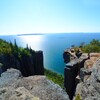
11 Jaw-Droppingly Beautiful Landscapes

Bundle up for Snowy Horseback & Sleigh Rides
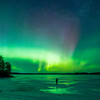
Best Northern Lights Destinations
19 Winter Activities to Add to Your Bucket List

Big views, no big backpack

March Break in Ontario

16 Perfect Fall Hikes in Ontario
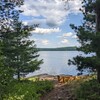
Best Backcountry Camping in Ontario
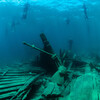
Ontario's Best Scuba Diving & Snorkelling
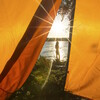
The Best Camping In Ontario
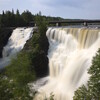
Best Waterfalls in Ontario

60 Rugged KMs with kids?
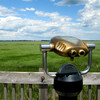
Ontario Birding Checklist
9 of the Most Beautiful Fall Destinations
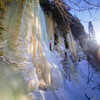
Belay On!

Learn to Skijor
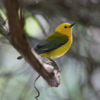
Birding Hotspots
